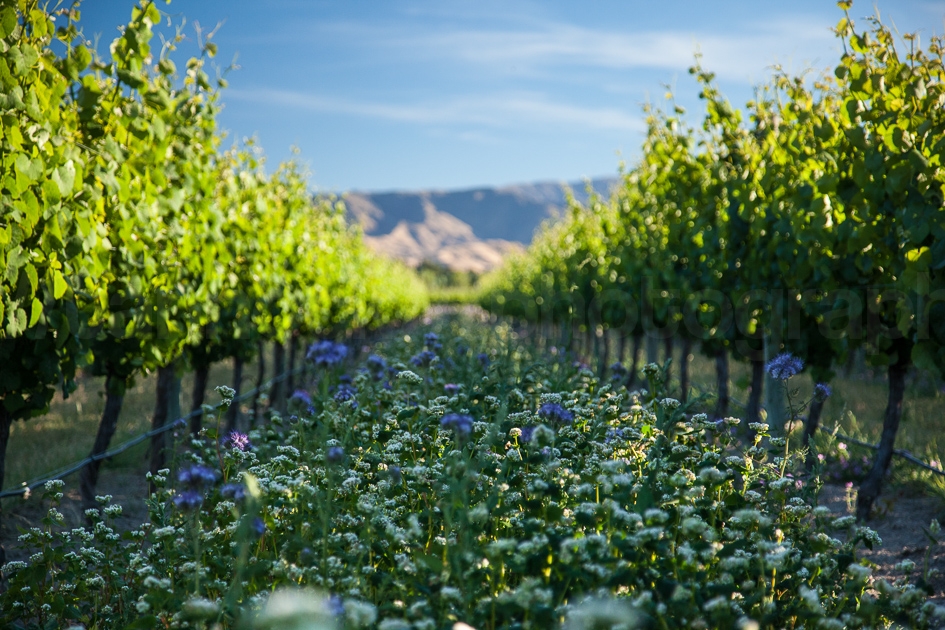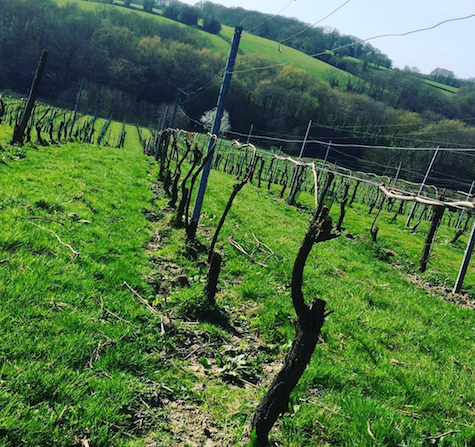
There are two broadly opposed approaches to farming and winemaking that illustrate the personal aesthetic of those people who are involved in the process. One is to see farming and winemaking as cold commercial scientific or technological activities designed to generate consistent outcomes; the other is to view these as part of life, part of the unpredictable expression of nature and means to self-expression.
Listening to the needs of the vineyard and the vines themselves, working diligently by hand, and trying to capture the energy of the place and the patterns of nature.
Product control starts in the vineyard with the use of chemicals. Everything has its place, everything must be defined, efficiencies are paramount, prevention is important. The farming, the grapes, the winemaking are all a means to an end, the creation of a product for a purpose. The opposite of this is not laissez-faire but working by feeling; listening to the needs of the vineyard and the vines themselves, working diligently by hand, and trying to capture the energy of the place and the patterns of nature. The person who works like this views wine as unique and evolving, just as nature is.

Oppositions: wine wabi-sabi
Logical, rational – decisions made by oenologists to ensure specific outcomes
Intuitive – vigneron(nes) working purely by means of taste and instinct
Absolute- there are only right and wrong choices in winemaking and only good and bad wines
Relative – perception of quality is relative both in winemaking and in aesthetic responses to wine
Prototypical – Wine must conform to a pre-ordained style
Idiosyncratic – Wine must always be itself
Modular – winemaking is formed of a series of sequenced tasks for a specific purpose
Variable – the wine will lead the vigneron on a journey which may take many directions
Control of nature- the requirement to manipulate nature at every level in order to create a stable product
Harmony with nature –to work with nature, accept what it gives, and humbly accompany the wine on its journey
Technology – technology, utensils, controls that refine and polish the wine
Nature – the wine is free. Natural transformations take place without equipment determining precise outcomes
Symmetrical, Square – a wine that is self-contained, is solid, easily described and circumscribed
Organic– a wine that changes according to its mood, is not geometric or static but is fluid
Slick, polished, smooth – a wine that is easy, soft, rounded, with nothing out of place
Crude, rough, tactile – something raw, texturally compelling, lingering
Reduction/subjugation of senses – where one focuses purely on the architecture of the wine itself, the way that it is made, and the way that all its components fit together
Expansion of senses – wines that liberate the senses to see beyond the confines of the material of the wine itself and appeal to our imagination and fancies
Clarity – the wine is a clear construct, it has been put together for a recognisable purpose
Ambiguity – The wine does not communicate a single intention, but suggests many things
Functionality – The wine has a material purpose and that is to be a consistent product
Naturalness – The wine has no material purpose other than to exist


Pingback: Natural Wine Word Cloud – Les Caves de Pyrene